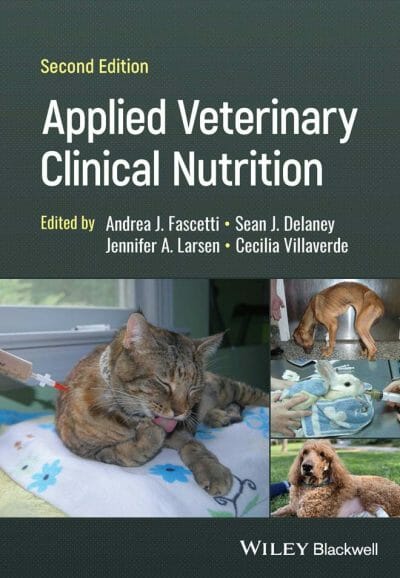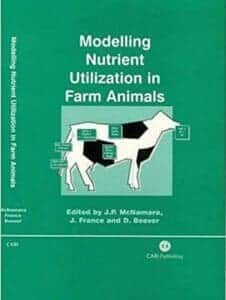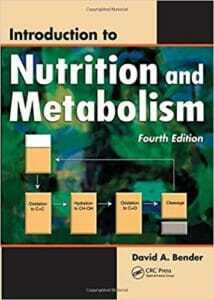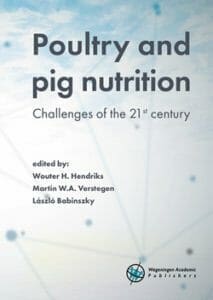
By G. González-Ortiz, M.R. Bedford, K.E. Bach Knudsen, C.M. Courtin, H.L. Classen
The Value of Fibre: Engaging the Second Brain for Animal Nutrition. Dietary fibre has been associated with impaired nutrient utilisation and reduced animal performance. A minimum amount of dietary fibre is required to maintain normal physiological functions in the gastrointestinal tract. This book reviews the latest advances in the understanding of dietary fibre for animal nutrition. Fibre clearly has more value than was once thought. This book attempts to define not only the analytical constraints but also the advances in understanding its role in intestinal development and health in both swine and poultry. It identifies how we can exploit fibre to the advantage of the host. Stimulating the gastrointestinal microbiota (often referred to as the second brain) to digest more fibre creates a more favourable environment for intestinal health. This outcome is especially important in antibiotic free diets. The type of fibre employed, the use of exogenous enzymes and the interaction between them, the gastrointestinal microbiota and the host will be covered in detail throughout the chapters. This book discusses the practical application of this research and has been written for all animal scientists, nutritionists, feed producers and anyone interested in exploring new developments in the understanding of dietary fibre.

Preview Images From Inside This Book: 1 | 2 | 3 | 4
This Book is Available For Premium Members Only















![Ettinger’s Textbook of Veterinary Internal Medicine 9th Edition [PDF+Videos] Ettinger’s Textbook of Veterinary Internal Medicine 9th Edition [True PDF+Videos]](https://www.vet-ebooks.com/wp-content/uploads/2024/10/ettingers-textbook-of-veterinary-internal-medicine-9th-edition-100x70.jpg)






